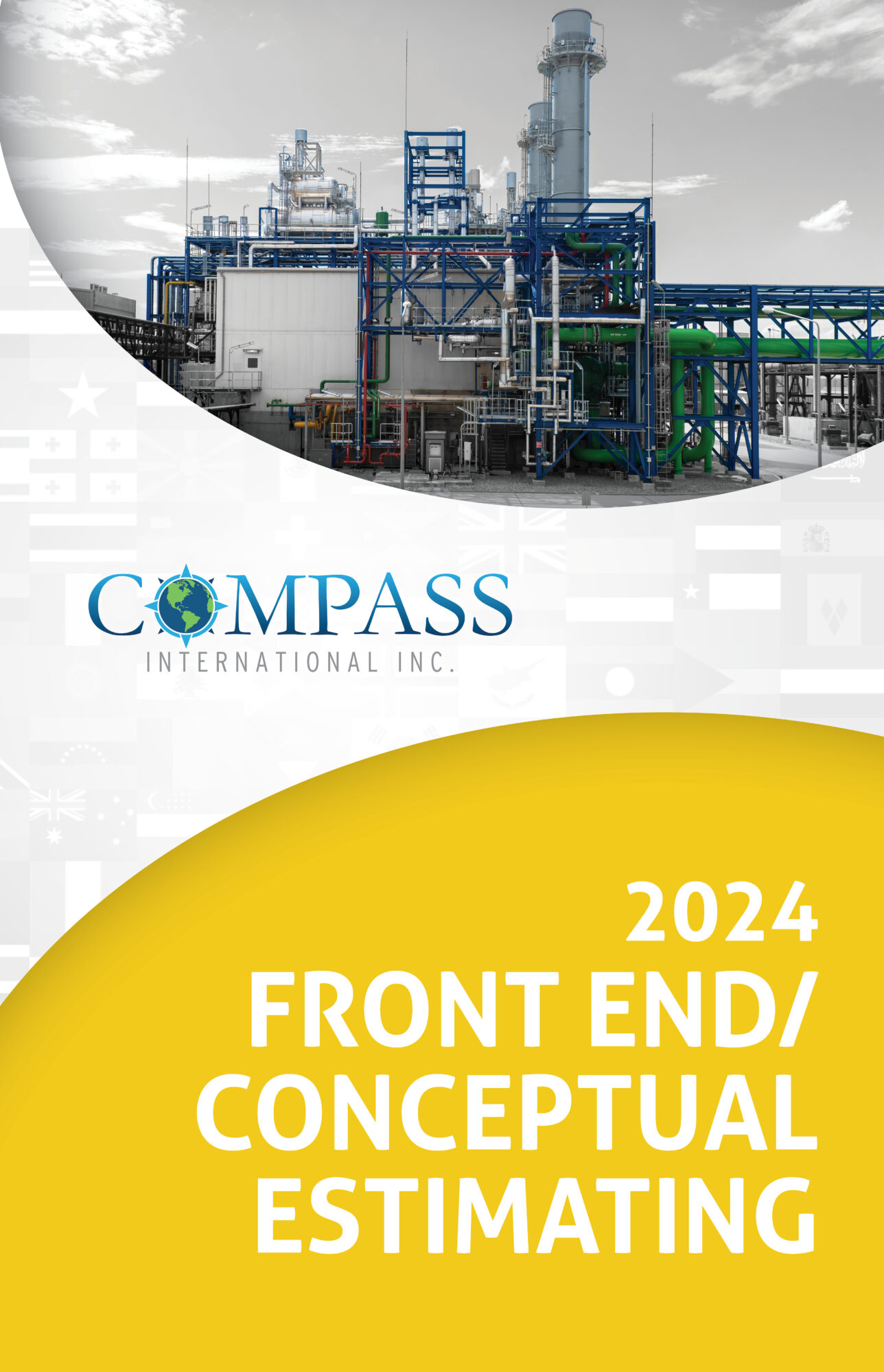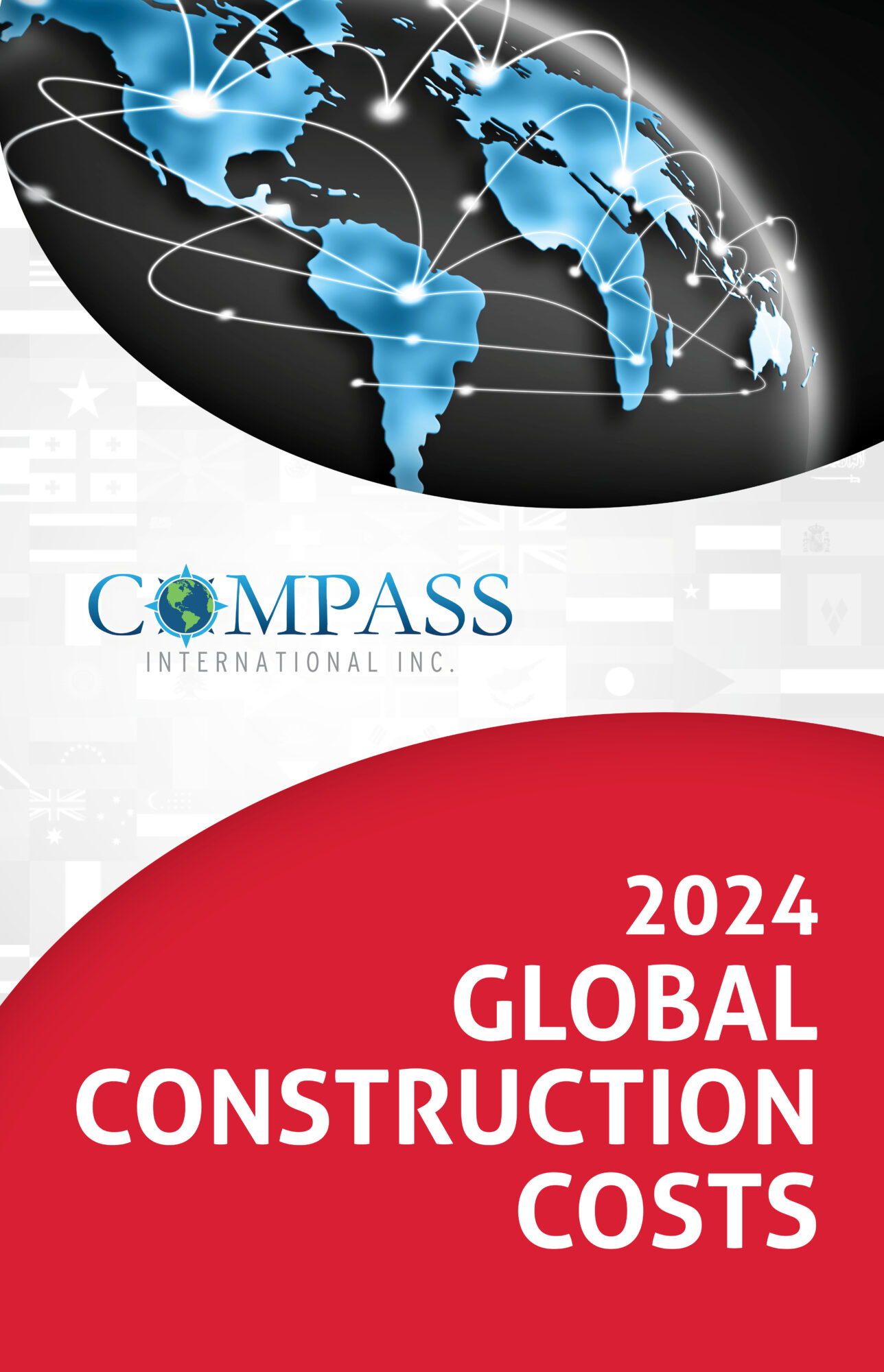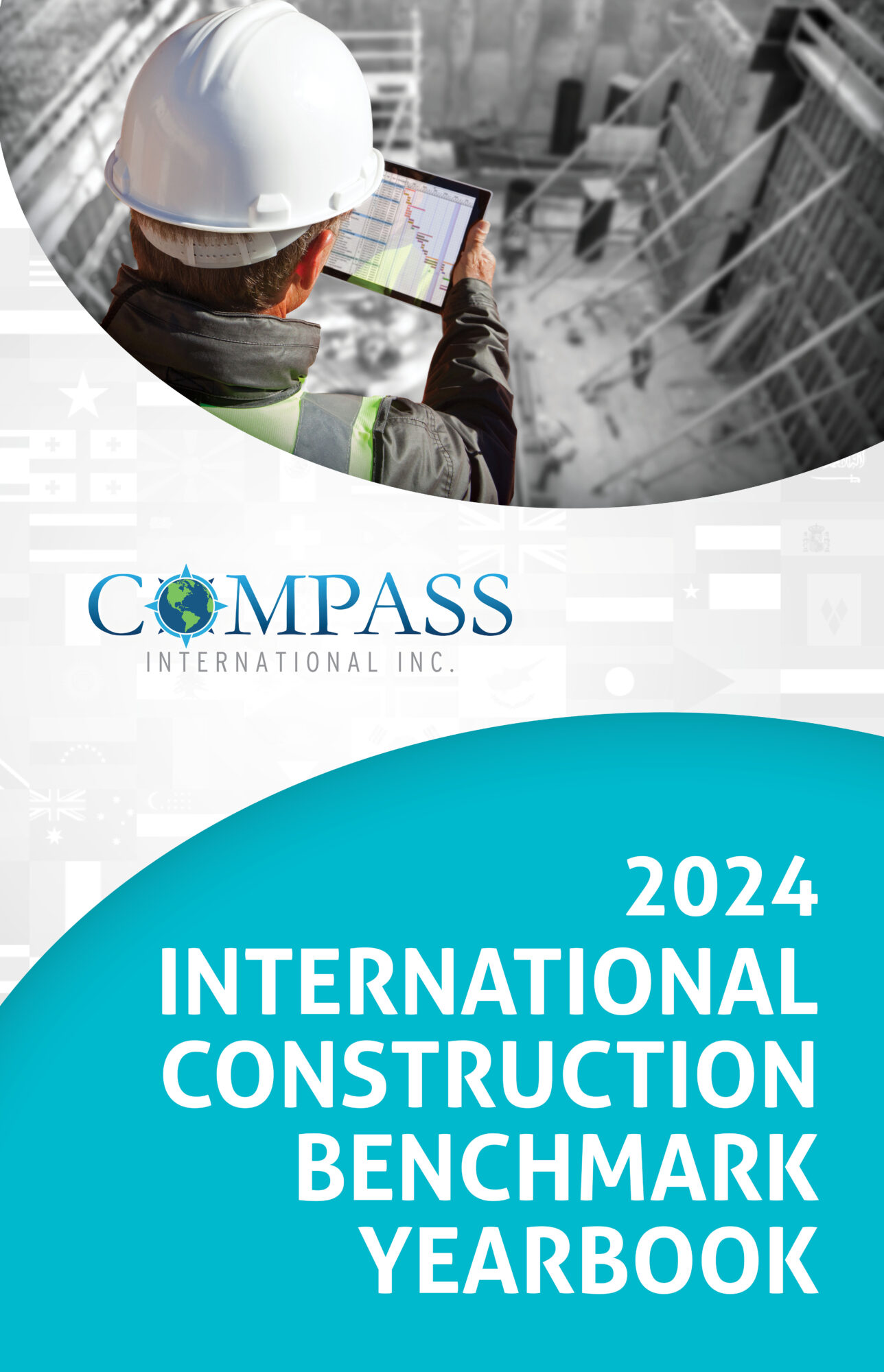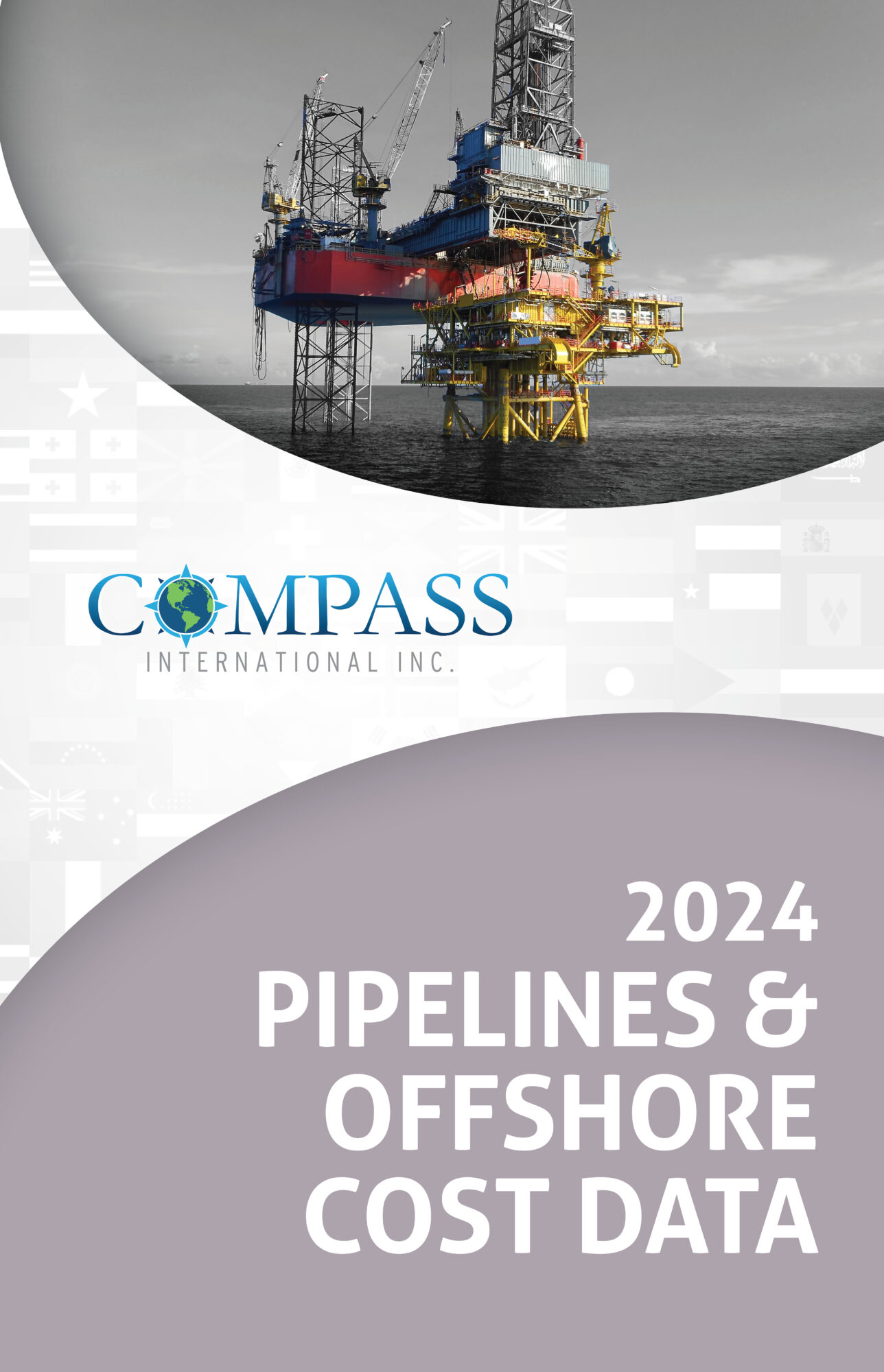Australia
Australia & New Zealand combined will see 1.3% to 2.1% GDP growth in the 3rd Q of 2024:
Australia’s construction market is estimated to be in the $180 to $200 billion range by the end of 2024.
Australia’s standoff / friction with China seems to be waning, as China commences purchasing iron ore and other minerals once again. Conflicts in Europe and the Middle East and the ongoing attacks on shipping in the Red Sea area have increased ocean freight costs, this has not been beneficial to the Australian and New Zealand construction sectors in the last 6 to 12 months as a good amount of construction materials are imported into the two countries.
The Australian construction industry is forecast to decline by 2% to 3% from last year’s expenditures.
Recent construction bankruptcies are not a particularly positive trend as we move into the 2nd half of 2024.
The Australian home building construction sector is set to contract by 3% to 5% in the remainder of 2024, caused for the most part by high borrowing costs and elevated construction prices.
The size of the New Zealand construction market is estimated to be in the $55 to $60 billion in 2024, construction activity is expected to remain similar to 2023.
Overseas ocean freight costs have started to trend upwards, the importation of construction materials and capital goods into both Australia and New Zealand is a significant cost item to both countries.





